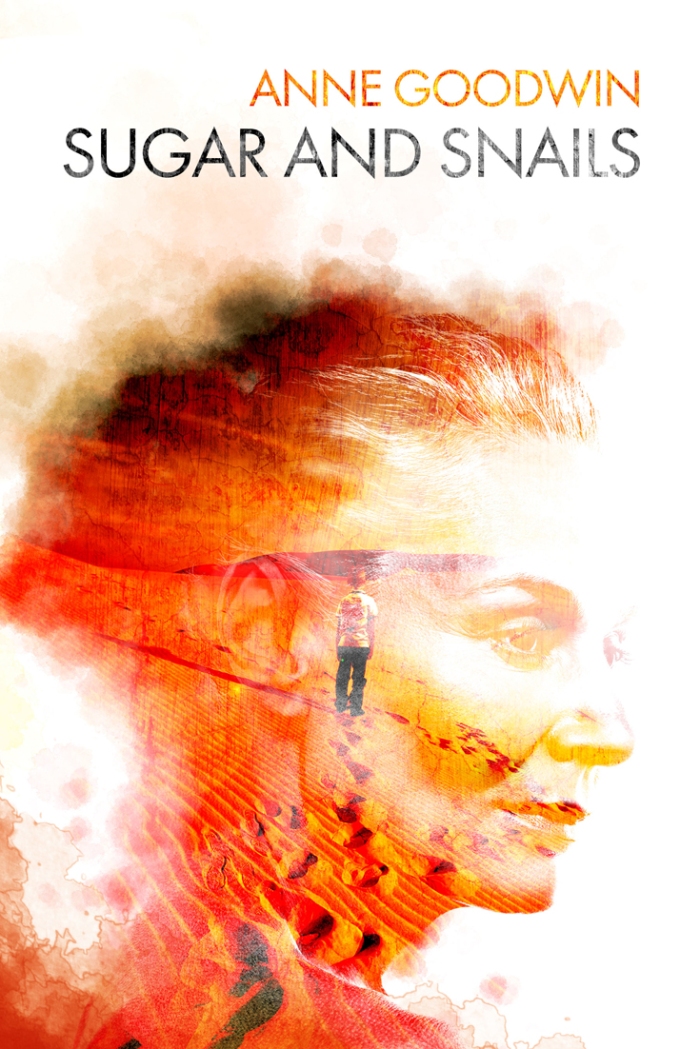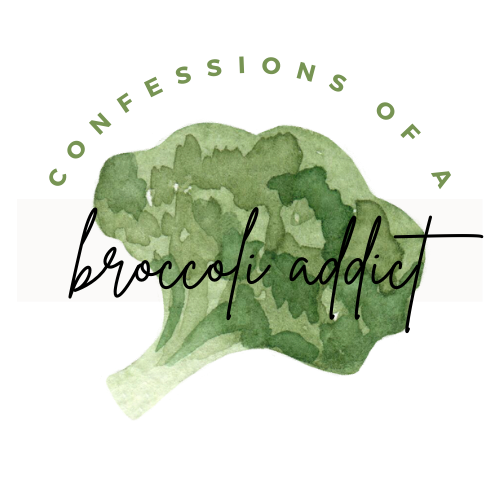 What happens when you don’t feel comfortable in your own skin? The tagline to Sugar and Snails promises the book tackles the big issues, ones that modern society has yet to fully embrace.
What happens when you don’t feel comfortable in your own skin? The tagline to Sugar and Snails promises the book tackles the big issues, ones that modern society has yet to fully embrace.
Official blurb:
“The past lingers on, etched beneath our skin…
At fifteen, Diana Dodsworth took the opportunity to radically alter the trajectory of her life, and escape the constraints of her small-town existence. Thirty years on, she can’t help scratching at her teenage decision like a scabbed wound.
To safeguard her secret, she’s kept other people at a distance… until Simon Jenkins sweeps in on a cloud of promise and possibility. But his work is taking him to Cairo, and he expects Di to fly out for a visit. She daren’t return to the city that changed her life; nor can she tell Simon the reason why.
Sugar and Snails takes the reader on a poignant journey from Diana’s misfit childhood, through tortured adolescence to a triumphant mid-life coming-of-age that challenges preconceptions about bridging the gap between who we are and who we feel we ought to be.”
I’ve been reading Anne’s blog for several months now, and I find her point of view intriguing. Her  background as a clinical psychologist adds a depth to her writing and reading. I’ve been looking forward to her debut novel, Sugar and Snails, so it is with great pleasure that I welcome Anne here once again as part of a blog tour for her book.
background as a clinical psychologist adds a depth to her writing and reading. I’ve been looking forward to her debut novel, Sugar and Snails, so it is with great pleasure that I welcome Anne here once again as part of a blog tour for her book.
Make sure to check out other blogs on her book tour.
Read on to find out why Anne chose to explore adolescent ambivalence in a novel for adults.
I wonder if society regards adolescence somewhat in the way people think of childbirth: we know it’s difficult but, once safely through to the other side, survivors distance themselves from the trauma. While both labour and the teenage years can be pain-free for some, for many they’re ordeals best forgotten. In our more tranquil times, it seems hard to identify with the turbulence we’ve gone through which, despite our best intentions, can militate against helping the next generation over the hurdle. Despite, or perhaps even because, they reflect our younger selves, adolescents are a puzzle to adults: moody, contradictory and riddled with narcissistic angst. Our difficulties around this phase of human development are expressed in humour (for example, the character Kevin the Teenager played by Harry Enfield) and sometimes vain attempts at control.
Given the complexity of the developmental tasks of adolescence, I’m sometimes amazed that so many young people come through unscathed. But I’m particularly interested in the casualties: those who, despite maturing in years, remain psychologically stuck in that limbo between childhood and adulthood, too wounded by the experience to move on. In my work as a clinical psychologist with adults with severe and enduring mental health problems, it was often possible to trace people’s difficulties back to their teenage years. For some, mind-altering recreational drugs had all-too-permanently altered their minds. For others, their reckless choices had led to punitive consequences that deprived them of the help they needed to learn from their mistakes. For yet others, the conflict between loyalty to their parents’ perceptions and their need to become a separate person was just too great. Most of these people had pre-existing vulnerabilities, but the demands of adolescence brought these to a head.
I wanted to explore both the physical and psychological challenges of adolescence, and the interaction between them. Because we all go through it, and to fail to do so is even worse, I think we can underestimate how confusing puberty can be: your own body leaking menstrual blood or semen, and changing shape at an alarming rate. But those physical changes can also provide the catalyst for other changes more under the young person’s control as they experiment with hairstyles, tattoos and outrageous styles of dress. This playing around with different ways of being is part of the process through which the child creates his or her adult identity.
But some adolescents don’t feel safe to play with who they are. Some parents and teachers can’t tolerate the adolescent’s inconsistency, needy and childish one moment, exaggeratedly independent the next. It seems to me that it’s this ambivalence that’s at the heart of the process of becoming our adult selves, and what makes it so precarious. The failure to play with identity can stunt growth or lead to radical changes from which there’s no going back.
As human beings we struggle with ambivalence; life’s far simpler when there’s a clear demarcation between black and white. If we know instantly that this person is trustworthy and that one isn’t, rather than having to constantly revise our opinions in the light of experience. If we know what’s good to eat and what isn’t, instead of our tastes changing according to the circumstances. If we know that we are this type of person rather than that.
We’re least tolerant of ambivalence when we’re under pressure. At such times, we’ve no patience for the grey areas, dividing our world and our experience of it into simple dichotomies: good versus bad, black versus white, friend versus foe. The adolescent brain, with all the other complications of changing minds and bodies, is particularly prone to this kind of thinking, seeking out cognitive shortcuts to reduce the mental load. When it comes to making choices, they may lack, not so much the intelligence to think things through, but the capacity to stay with the uncertainty while they make up their minds. Thus our youthful decisions might be taken in haste.
This is one of the themes of my debut novel, Sugar and Snails, explored both through my main character’s own momentous teenage decision as well as her psychological research. In the words of reviewer, Alicia Bruce:
The book’s main focus is a decision made by a 15 year old, and the consequential lifestyle and doctorate research led by Diana about the ability of adolescents to make meaningful decisions. In real life, adolescents are made to make some of the most important decisions of their lives, especially with regards to their education and future careers. They also think that they are the only ones having to make these decisions and that nothing will ever be simple again and the world will probably end next Wednesday. I’m sure we can all agree that for the most part, these are all very correct and reasonable observations for teenagers to make. I therefore think it would be very useful to have this book available in all high schools.
Fortunately, for Diana and anyone else who has limped through adolescence, middle age can offer another opportunity to complete the process of individuation that began in our teens. But to find out whether she manages this, you’re going to have to read the book!
Anne Goodwin writes fiction, short and long, and blogs about reading and writing, with a peppering of psychology. Her debut novel, Sugar and Snails, was published last month by Inspired Quill. Catch up on her website: annethology or on Twitter @Annecdotist.
Links:
Sugar and Snails on the Inspired Quill website
Sugar and Snails on my website


